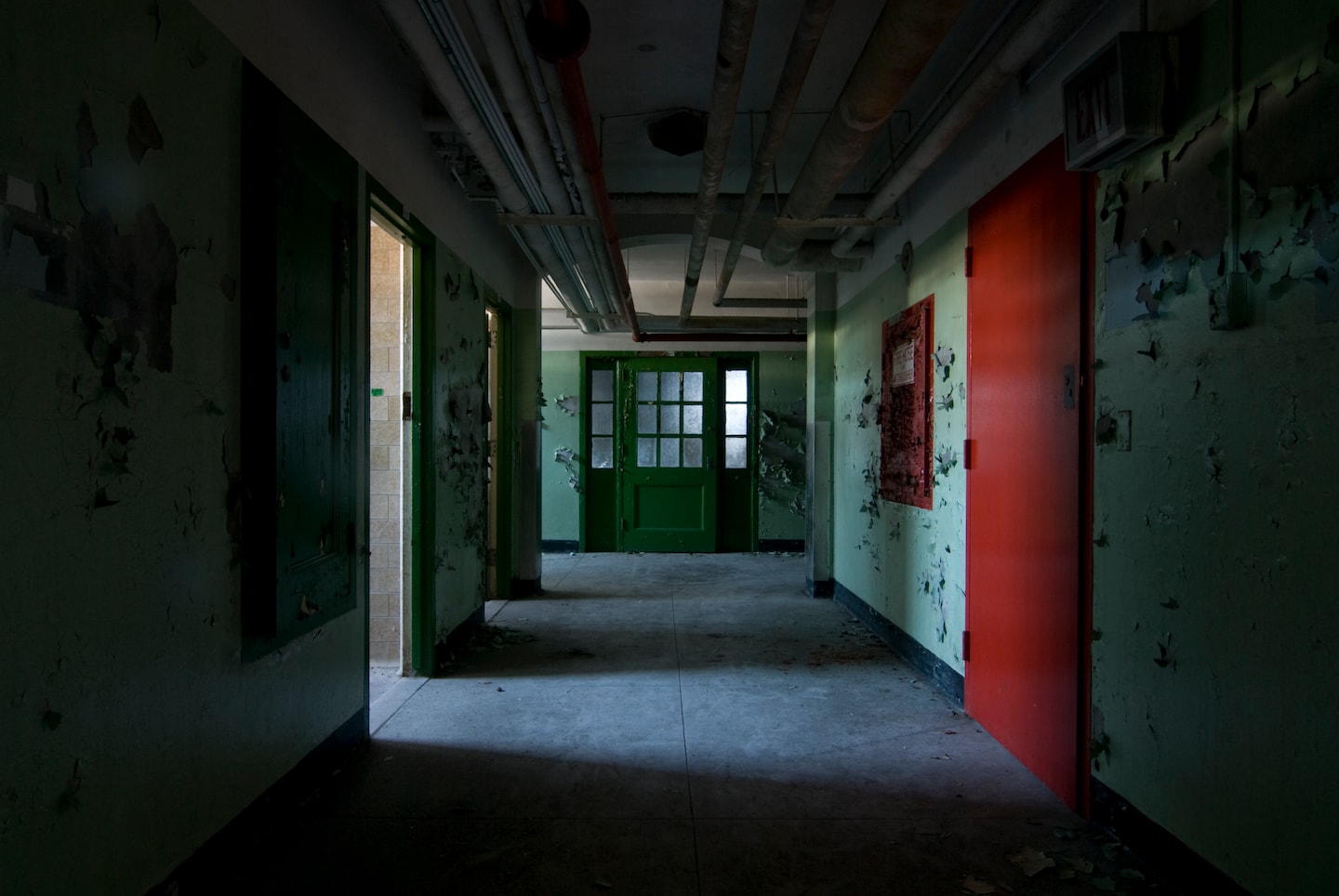[ad_1]
Medical historian Kylie Smith, an associate professor at Emory University, has spent years studying the history of racial segregation in psychiatric hospitals, particularly in Alabama, Georgia and Mississippi.
In her lecture, “James H. Cassedy Lecture in the History of Medicine: Jim Crow in the Asylum: Psychiatry and Civil Rights in the American South,” she’ll share her research, such as the racist mentality that providers used to justify their treatment of Black patients and the ways post-Civil War segregation still affects psychiatric care throughout the South.
Most patients in these facilities were forcibly committed and couldn’t effectively contest their confinement in court. Instead, they were required to perform hard labor, disciplined harshly and denied evidence-based treatment in plantation-like conditions.
Psychiatric segregation didn’t end with the passage of the 1964 Civil Rights Act, which prohibited racial discrimination in facilities that receive federal funding. It took a long legal battle and inspections that revealed the appalling treatment of patients whose health was overshadowed by racist assumptions and fears of intermixing between Black and White people.
Smith sees those hospitals as battlegrounds for a society in flux, drawing connections between the ways Black patients were treated and an avalanche of modern disparities in health care. Even now, Black patients are less likely to receive treatment for mental health disorders and receive poorer mental health care.
Black patients are less likely to be offered talk therapy or evidence-based medication than the general population, according to the American Psychiatric Association. They are also more likely to be diagnosed with schizophrenia and less likely to be diagnosed with mood disorders than their White counterparts, the APA says. And in one study, older White people in the South were nearly twice as likely to use mental health services than older Black people.
Presented by the National Library of Medicine, the hour-long lecture will also be archived on the NLM’s videocast website. Tune in at VideoCast.nih.gov.
[ad_2]
Source link



